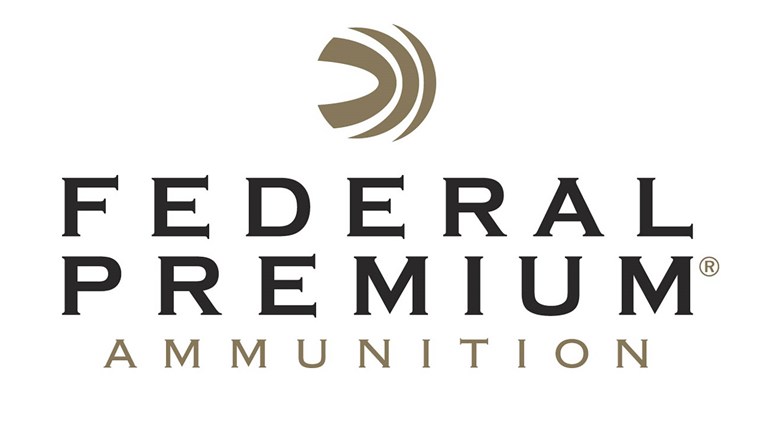Savage Arms, long time producer of wonderfully accurate rifles, is adding the .338 Federal to its six of its rifles this year: the 11 Long Range Hunter, 11 Hog Hunter,16 FCSS, 16 Bear Hunter, 11 Trophy Hunter XP and 16 Trophy Hunter XP. I had the privilege of hunting with the 338 Federal Savage Hog Hunter on the VatoVille Ranch in Texas last month. While hardly a classic cartridge for small Texas whitetail, I felt pretty good that meat damage would be minimal from the heavier slug at a lower velocity.
At the range, and I noticed that the recoil of the .338 Federal had more of the large caliber "push" than the magnum "slap," and the pliable Savage recoil pad dampened much of that. Even my guide, Ben ‘Brother' Lawrence, was intrigued; he had never shot a rifle this large, and fell in love with the 20" barrel. The Savage AccuTrigger made the sighting in process a breeze, as a good trigger will do. Accuracy was spot-on, as the Federal Premium 210 grain Nosler Partitions were printing three shot groups of just about one inch at 100 yards.
After I tagged a big seven-point buck, my buddy J.J. Reich and I headed afield after some older management does. I can assume you won't be surprised when I tell you the does fell easily to the shots, but the experience showed me a few things about the new Savage rifle.
 1. Portability.
1. Portability.
The Hog Hunter rifle comes in a 20" barrel configuration, and that proved to be perfect in the box blinds we were hunting from in Texas. The entire package is only 41" long, and weighs in at under eight pounds, un-scoped. Longer barreled rifles can be difficult to maneuver, especially with two people in the blind, and that short barrel worked perfect.
2. Appropriate velocity.
Being based on the .308 Winchester case, necked up to .338" diameter, the .338 Federal doesn't require a 24" or 26" barrel to optimize the powder capacity. You'll get good performance from a 20" or 22" barrel, just like the shorter .308 rifles. This reduced the overall weight of the package, and makes for a great mountain rifle or compact package in a bear or deer blind.
3. Horsepower.
One of the beauties of the .338 Federal, and a serious point that makes choosing this rifle worthwhile, is the available bullet weights. Federal loads bullets between 185 grains (in the Fusion and American Eagle line) to 210 grains (in the Vital Shok line). If you're a handloader you can use the full gamut of .338" bullets, from the lightweight Barnes TTSX 165 grain for lighter game, to the 250 grainers that the .338 Magnums use, all at respectable velocities. This makes it a great choice for bear, elk, moose, hogs, and even distant deer. The .338 Federal best blends the accuracy of the .308 Winchester and the throw weight of its older brother, the .358 Winchester.
4. Silence.
The Savage Hog Hunter's barrel is threaded to receive a suppressor, and is equipped with a threaded cap at the muzzle when the suppressor is not in use. This shows some forward thinking by those at Savage Arms.
5. Solid design.
Most Savage rifles come equipped with a detachable magazine, but I'm the kind of guy who loses things very easily. The internal magazine of the Hog Hunter rifle allows me to lose one less thing. The O.D. green synthetic stock is nearly indestructible, and when you combine that with the matte black finish, you have a rifle that is impervious to weather, yet won't give you away when the sun is shining. The large bolt handle makes cycling the action a no-brainer, and that AccuTrigger breaks very cleanly. The iron sights are sturdy, and on a rifle like this, built for nasty game in nasty places, I like knowing that I'm not out of business should something tragic happen to my optics. Oh, and did I mention the barrel? I've had several opportunities to review Savage rifles this year, and I can confidently say that Savage is making one of the best barrels on the market today. The Hog Hunter in .338 Federal is no different.


































